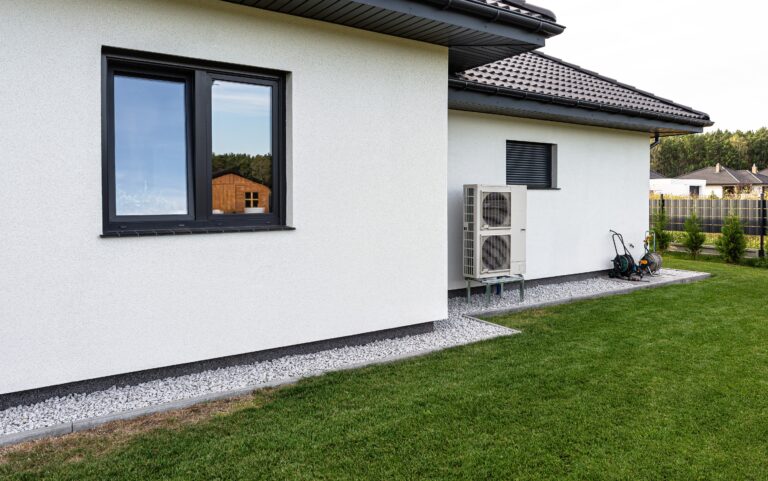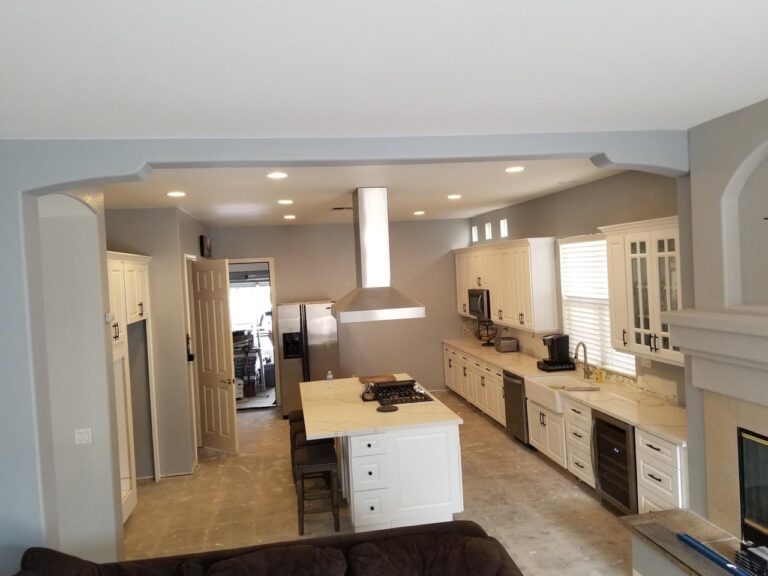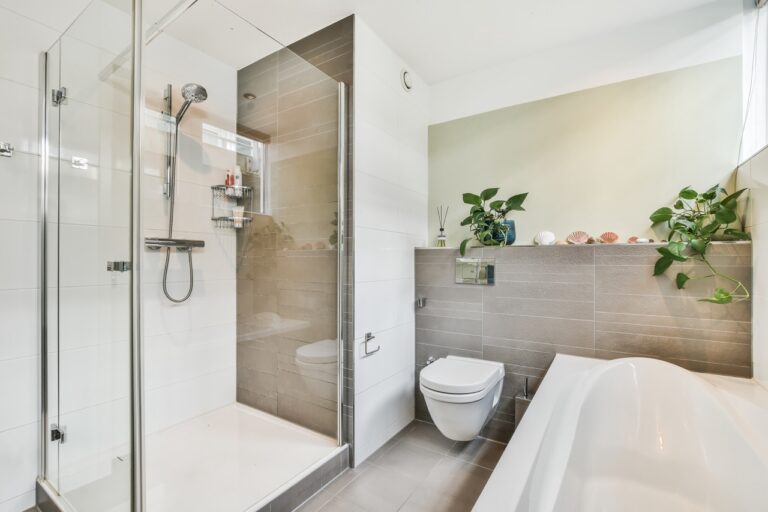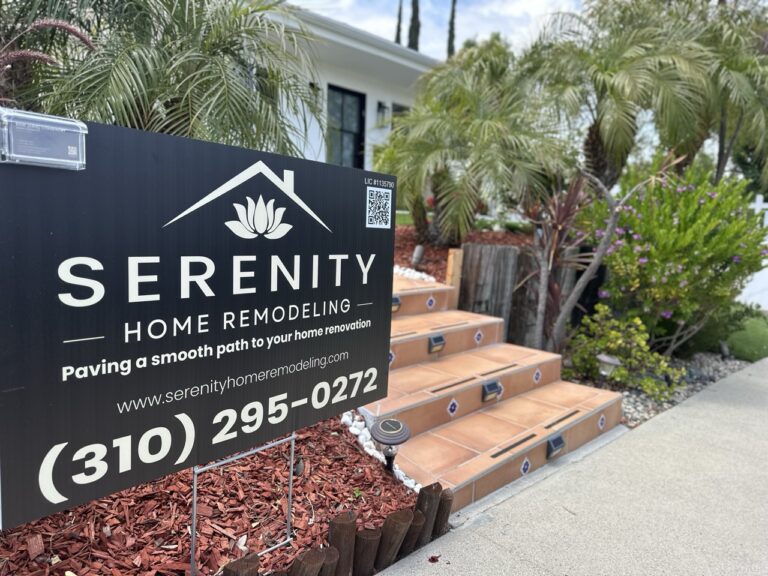A full-home remodel can transform your living space and boost property value, but without proper planning the process can quickly become overwhelming. West Covina homeowners know that timelines determine whether a project runs smoothly or causes unnecessary stress. By setting realistic deadlines, coordinating with contractors, and preparing for inevitable surprises, you can keep your project on track and protect your budget. This guide explains how to plan a stress-free house remodeling timeline in West Covina, offering practical advice for each stage.
Establish Clear Remodeling Goals and Budget
Every successful remodeling timeline begins with a well-defined vision and financial plan. Before contacting contractors, determine which rooms or features matter most and how much you’re willing to invest.
Key points to remember
- Identify top priorities such as kitchen, bathrooms, or energy-efficient upgrades.
- Create a detailed budget that covers labor, materials, permits, and a 10 to 20 percent contingency.
- Align design preferences with budget limits to avoid mid-project changes.
Setting clear goals and budget limits provides a foundation for scheduling and helps contractors provide accurate timelines. For guidance on defining scope and costs, explore in-depth remodeling insights here.
Work with Professionals to Develop a Realistic Schedule
Once your goals and budget are defined, collaborate with designers, architects, and contractors to create a realistic timeline. Experienced professionals understand West Covina’s permitting process, weather considerations, and local supply chains.
A well-structured schedule should outline every phase from demolition and construction to inspections and final walkthroughs. Build in flexibility for delays related to material delivery or permit approvals. For additional project planning tips, discover local remodeling guidance here.
Secure Permits and Approvals Early
Delays in permits can disrupt even the best plans. West Covina requires permits for structural changes, electrical work, and plumbing updates. Starting this process early ensures that inspections happen on time.
Proactive communication with city officials helps identify documentation requirements and inspection checkpoints. Early permit approval also helps contractors order materials and schedule crews efficiently. For more details on permitting and compliance, review professional advice here.
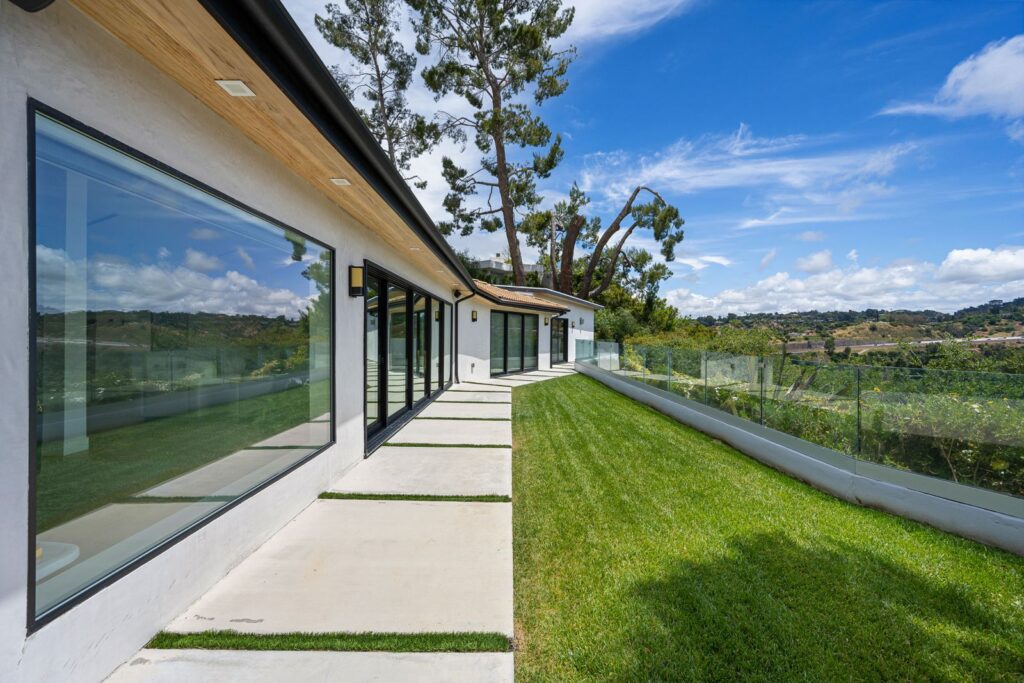
Sequence Construction Phases for Maximum Efficiency
Organizing the order of work prevents wasted time and rework. Demolition and structural changes come first, followed by plumbing and electrical rough-ins. Drywall, flooring, cabinetry, and painting typically follow.
Key points to remember
- Complete structural and framing tasks before installing mechanical systems.
- Schedule inspections right after each critical phase.
- Plan finish work last to protect new surfaces.
Careful sequencing keeps crews productive and avoids costly overlaps. For examples of effective sequencing and design coordination, read practical project tips here.
Plan for Material Procurement and Delivery
Material shortages and shipping delays can cause unexpected slowdowns. Order long-lead items such as custom cabinets, windows, or specialty tiles early in the process.
Tracking deliveries with your contractor ensures materials are ready when crews need them. Staging items in a secure area prevents damage and keeps work moving. By coordinating orders well in advance, you reduce downtime and maintain your remodeling timeline.
Prepare Your Living Space and Family
Living through a remodel can disrupt daily routines. Protect your home and minimize stress by setting up temporary spaces and adjusting schedules. For example, create a small kitchen area if your main kitchen will be out of service.
Key points to remember
- Cover floors and furniture in adjacent rooms to reduce dust.
- Establish alternative cooking and bathing areas.
- Communicate with neighbors about noise and parking changes.
Planning these details early helps your family adapt smoothly and keeps the project on track.
Monitor Progress and Communicate Regularly
Even with a detailed timeline, unforeseen issues can arise. Regular check-ins with your contractor keep everyone aligned and allow quick adjustments. Weekly meetings or digital project management tools make it easy to track milestones and expenses.
Active communication prevents small delays from growing into major setbacks and helps ensure quality standards are met. For additional management strategies, explore professional remodeling resources here.
Build Flexibility into Your Timeline
Unexpected challenges from hidden structural damage to weather-related setbacks are common in remodeling. Adding buffer time to each phase helps you stay calm and maintain momentum even when surprises occur.
Key points to remember
- Include extra days between major phases for inspections or unforeseen repairs.
- Keep contingency funds available for emergency fixes.
- Remain flexible with final move-in dates.
A timeline with built-in flexibility reduces stress and ensures a smoother experience from start to finish.
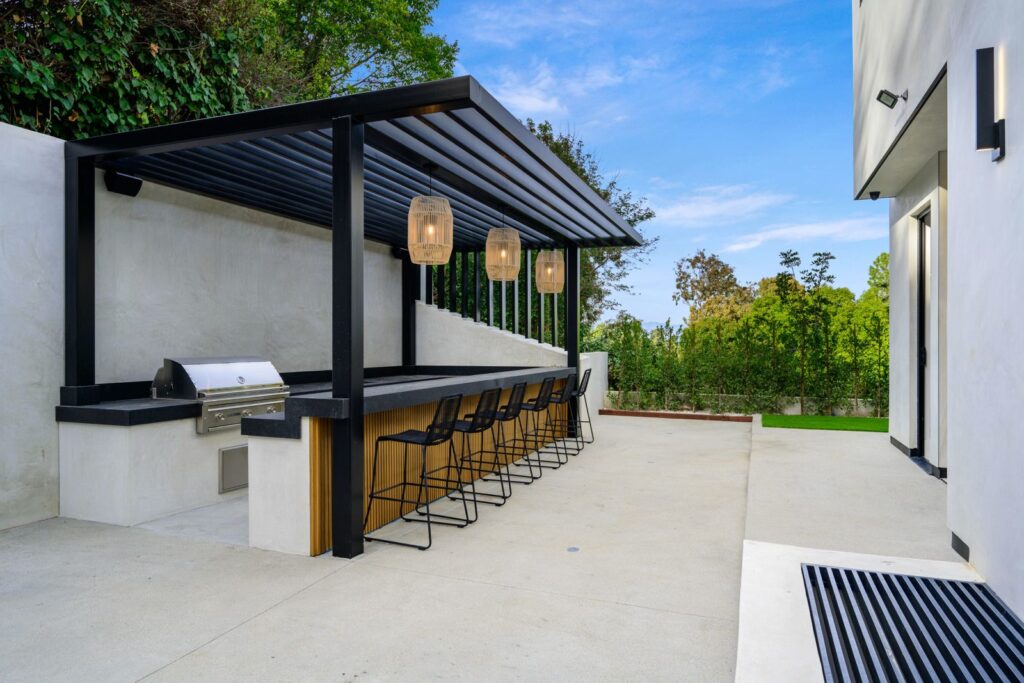
Schedule the Final Walkthrough and Punch List
Before declaring the project complete, schedule a final walkthrough with your contractor. Inspect every room for quality, test appliances, and confirm that all permits have passed final inspection.
Create a punch list of minor adjustments, such as touch-up painting or hardware alignment. Addressing these details ensures your West Covina home remodel meets expectations and provides lasting satisfaction.
Conclusion
A well-planned house remodeling timeline transforms a complex renovation into a stress-free experience. By setting clear goals, collaborating with professionals, securing permits early, and monitoring progress closely, West Covina homeowners can keep projects on schedule and within budget. Adding flexibility for unexpected delays ensures that the finished home meets both functional and aesthetic goals.
When you’re ready to begin your remodeling journey, you can connect with an experienced full-home remodeling team here. For more ideas and local project inspiration, explore West Covina remodeling resources or browse expert planning articles to create a clear and successful timeline.
Frequently Asked Questions
1. How long does a full house remodel take in West Covina?
Depending on size and scope, most projects range from three to six months.
2. Why is a remodeling timeline so important?
It organizes tasks, manages budgets, and reduces the risk of unexpected delays.
3. What should be included in the initial remodeling plan?
A clear budget, design goals, timeline, and a contingency fund for unexpected costs.
4. How early should I apply for permits?
Start permit applications as soon as design plans are finalized to prevent delays.
5. Can I live at home during a full remodel?
Yes, but prepare temporary spaces and expect some disruption to daily routines.
6. What causes the biggest delays in home remodeling?
Material shortages, unexpected structural issues, and permitting delays are common factors.
7. How often should I meet with my contractor?
Weekly check-ins or progress meetings help track milestones and resolve issues promptly.
8. What is a punch list?
It’s a list of small items to fix or finish like paint touch-ups or hardware adjustments before final completion.
9. How much contingency time should I include?
Adding at least two weeks to the overall timeline helps absorb unforeseen delays.
10. Does a professional remodeling team really save time?
Yes. Experienced teams coordinate scheduling, permitting, and materials to keep projects efficient and stress-free.


